AaronJAnderson
TPF Noob!
- Joined
- Jul 8, 2009
- Messages
- 18
- Reaction score
- 0
Trying to learn how to adjust things manually to get more desirable results. After all, that's why I bought a DSLR.
I'm shooting with the kit lens (18-55)
Take this photo for example, shot at 55mm in AUTO mode.
I would like more of the image to be in focus. What do I need to do? Adjust ISO and F stop?

I'm shooting with the kit lens (18-55)
Take this photo for example, shot at 55mm in AUTO mode.
I would like more of the image to be in focus. What do I need to do? Adjust ISO and F stop?



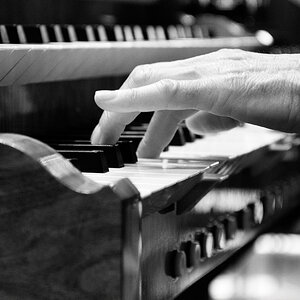

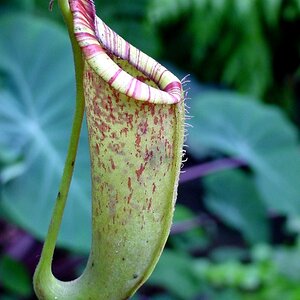
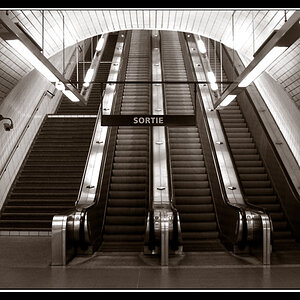

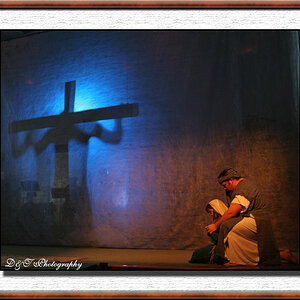
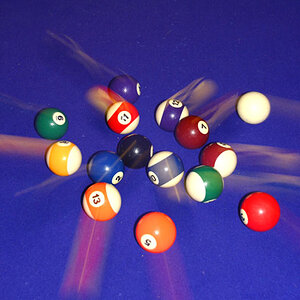
![[No title]](/data/xfmg/thumbnail/36/36100-56ca0f8143ffca369fbf5f3dfe9cabd4.jpg?1619737343)
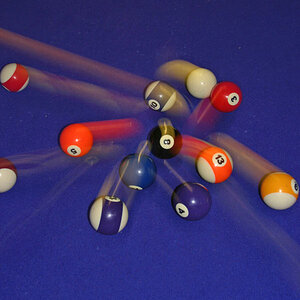

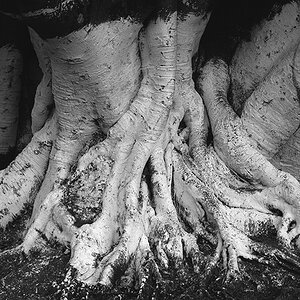
![[No title]](/data/xfmg/thumbnail/36/36101-1d9d7b0215488ea489d3bdb28d87ebeb.jpg?1619737345)